Visit MTB disc brakes disc brakes play a major role in your bike's safety. So it's vital not to make a mistake when choosing your disc brakes. Here's some information to enlighten you.
Standard discs
- Standard mounting: 6-hole or Center-Lock
- Disc diameters: 140 mm, 160 mm, 180 mm, 183 mm, 200 mm and 203 mm
- Disc type: classic or floating
- Disc thickness MTB disc
Brake disc types
There are two mounting standards for mounting the disc on the wheel. The 6-hole type, which takes its name from the fact that the disc is assembled with 6 screws, or the Center-Lock, which attaches the disc to the wheel with 1 central nut.
As for the diameterWith the exception of a few rare frames that accept 140 mm, you can choose to fit a 160, 180 or 200 mm disc with the appropriate caliper adapter. The smaller the disc, the lighter it is; the larger the disc, the more powerful the brake.
You'll also find 183 and 203 mm discs, which also require caliper adapters of the same standard. These two sizes arose from the import and export of products between the European and American markets. The USA uses inches, not cm. So a 200 mm disc converted to inches gives 7.99". If we round up to 8" for simplicity, we get 203 mm.
Concerning the type of discToday, almost all brands offer either conventional or floating discs. The floating disc is made up of two parts: a braking track linked to a shrink disc by bushes. This system allows us to opt for a shrink disc that is more resistant to deformation, and more tolerant of track expansion during intense braking.
Even if it looks identical to the eye, the thickness is not standardized. It varies from 1.7 to 2 mm depending on the brand. This is one of the reasons why we don't recommend combining brakes with discs from different brands.
Which brake disc to choose?
When it comes to mounting standards, you'll need to look at your hubs, which are either 6-hole or Center-Lock.
As for thickness, it's best to choose discs from the same brand as your brakes, for optimum performance.
-
Hiking
For a leisurely mountain bike outing, conventional 160 mm discs will be sufficient in terms of power.
-
All-Mountain Enduro
For All-Mountain or Enduro riding on a full-suspension mountain bike, you'll need 180 mm discs for good braking power. Some also opt for floating discs to optimize braking performance and reliability.
-
Cross-Country
For semi-rigid cross-country mountain biking, classic 160 mm discs are ideal for maximum weight savings. If you ride a 29" or enjoy long, technical descents, you'll certainly need to fit a 180 mm front disc.
-
DH / Freeride
For DH / Freeride, 200 mm floating discs (or 203 mm) are ideal, to withstand the most violent braking.
Découvrez tous nos conseils & Tutoriels
MTB - Brake Rotors
-
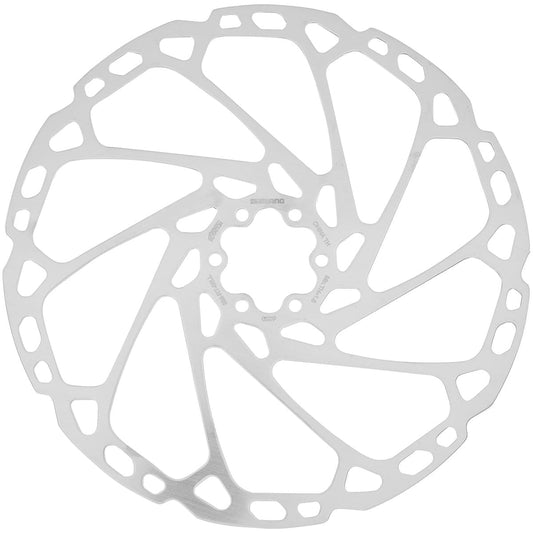
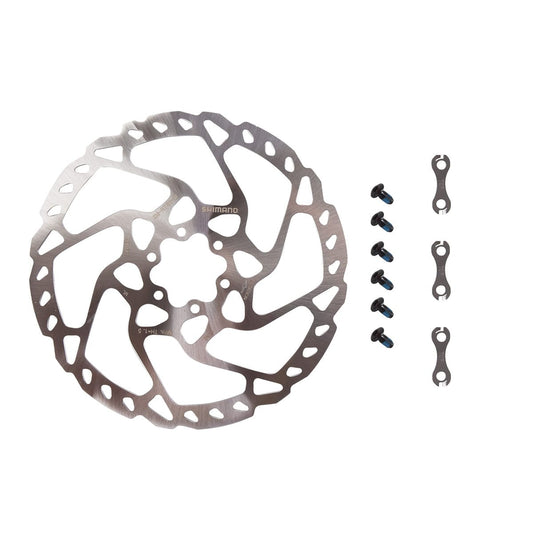
SHIMANO SM-RT66 6 Hole Disc
Regular price From 15,99 €Regular priceUnit price per -
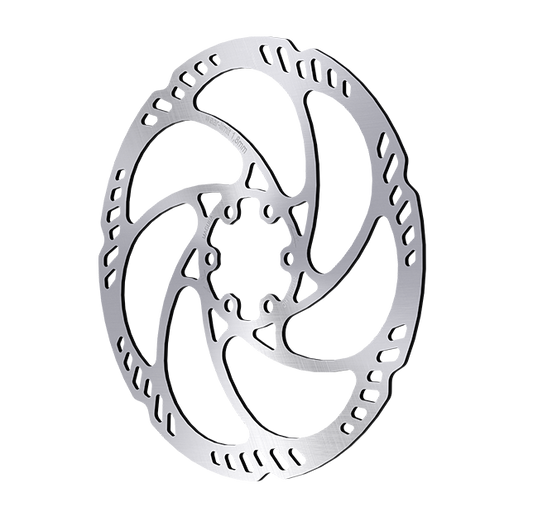
MAGURA STORM HC 6-hole disc
Regular price From 13,99 €Regular priceUnit price per -
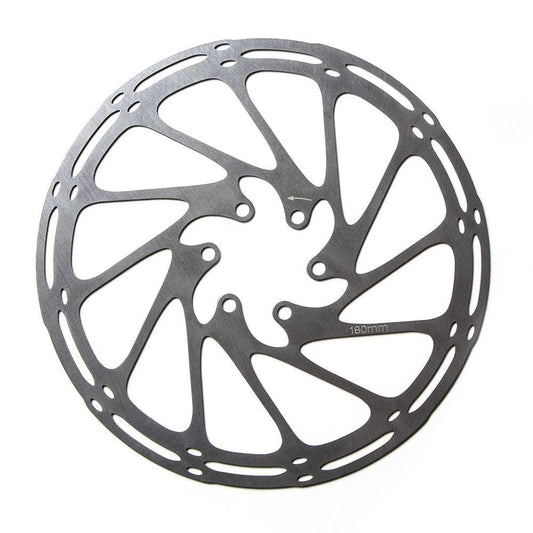
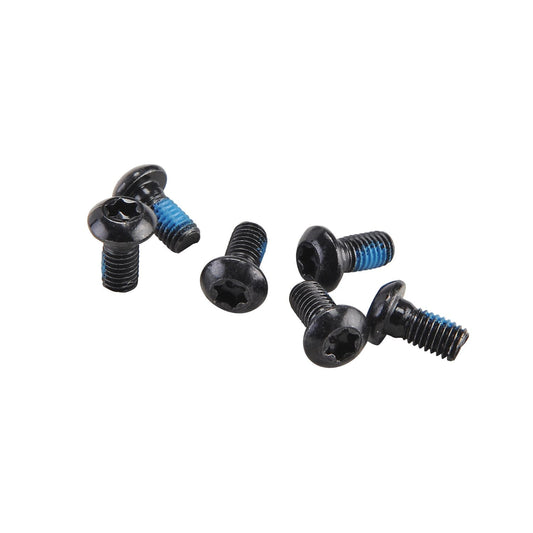
CLARKS Z8 6-Hole Disc
Regular price From 9,99 €Regular priceUnit price per -
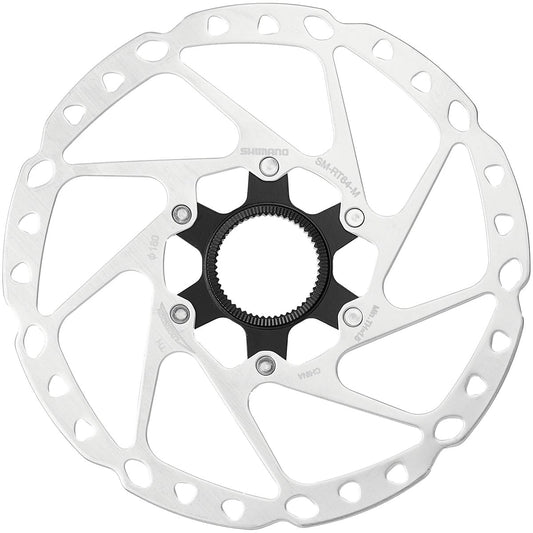
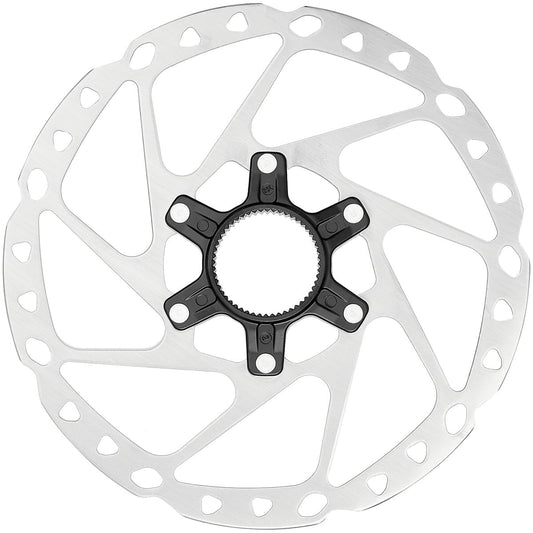
SHIMANO SM-RT64 CENTER LOCK External drive
Regular price From 12,99 €Regular priceUnit price per -
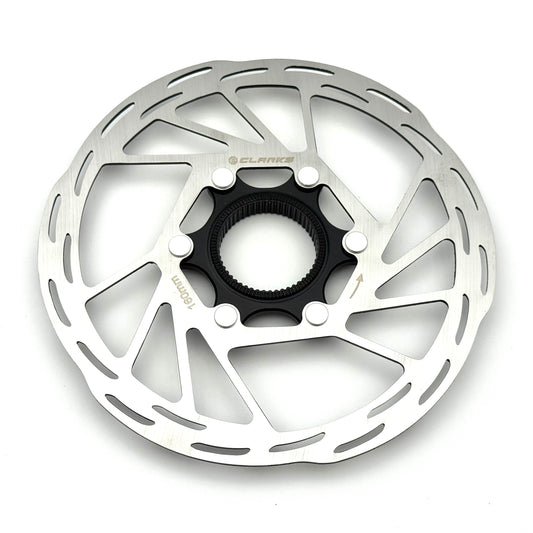
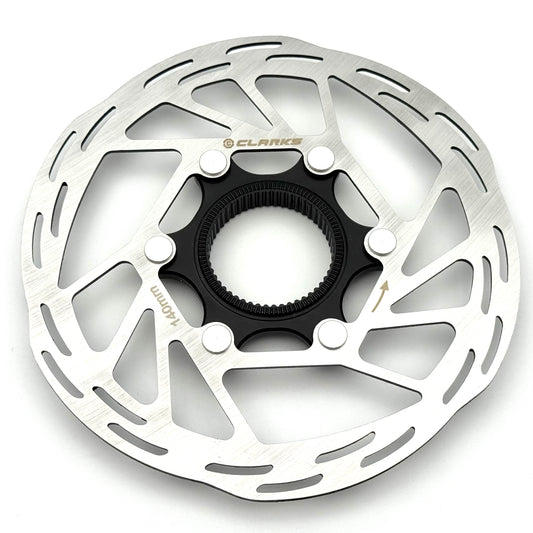
Disk CLARKS CL-A1 CENTER LOCK External
Regular price From 9,99 €Regular priceUnit price per -
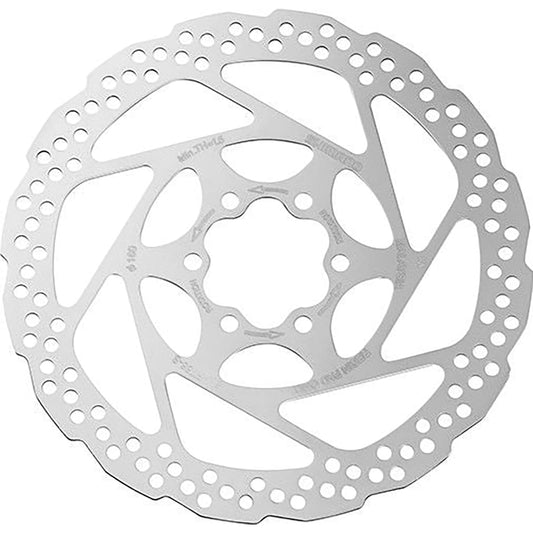
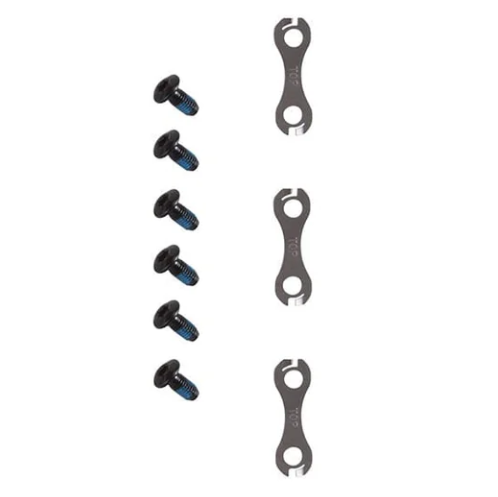
SHIMANO SM-RT56 6-Hole Disc
Regular price 11,99 €Regular priceUnit price per -
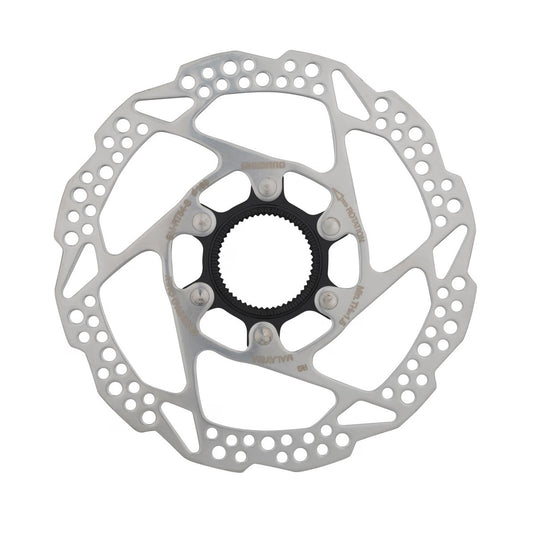
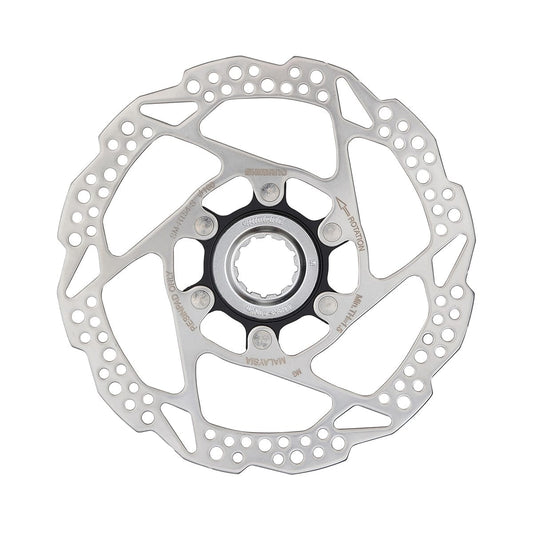
SHIMANO SM-RT54 CENTER LOCK disc
Regular price 9,99 €Regular priceUnit price per -
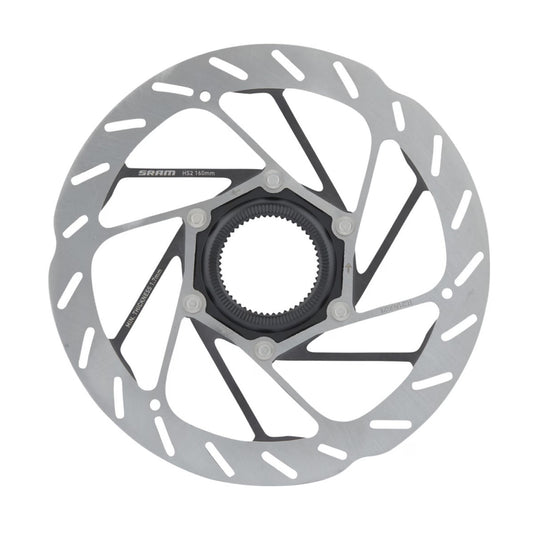
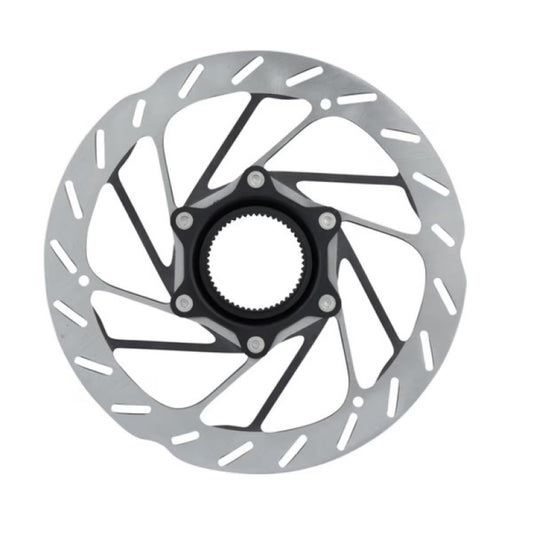
SRAM HS2 CENTER LOCK disc
Regular price From 19,99 €Regular priceUnit price per















